Water Champion Guide for Kids
Young champions are saving and protecting water every day! This guide features real kids in Tarrant County who are making a difference.

Congratulations to the November winner of the Family Feedback Challenge!
The Zimmerman Family of Bedford!

The Gonzales Family won the Family Feedback Challenge and shared their story!
“I save water by every time I wash dishes, I turn it off. Also, when taking a shower, we use the cold water that comes out first to mop or put water in the plants.”
Thank you for being water champions who save and protect water every day!
Bathroom
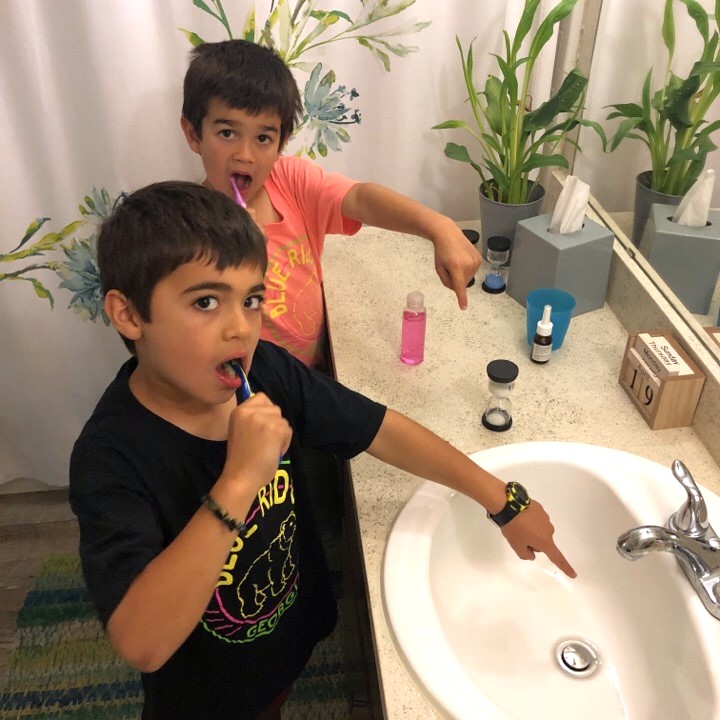
Don't let the water run.
By simply turning off the water while you are brushing your teeth and soaping up your hands, you can save over a hundred gallons of water in a week!
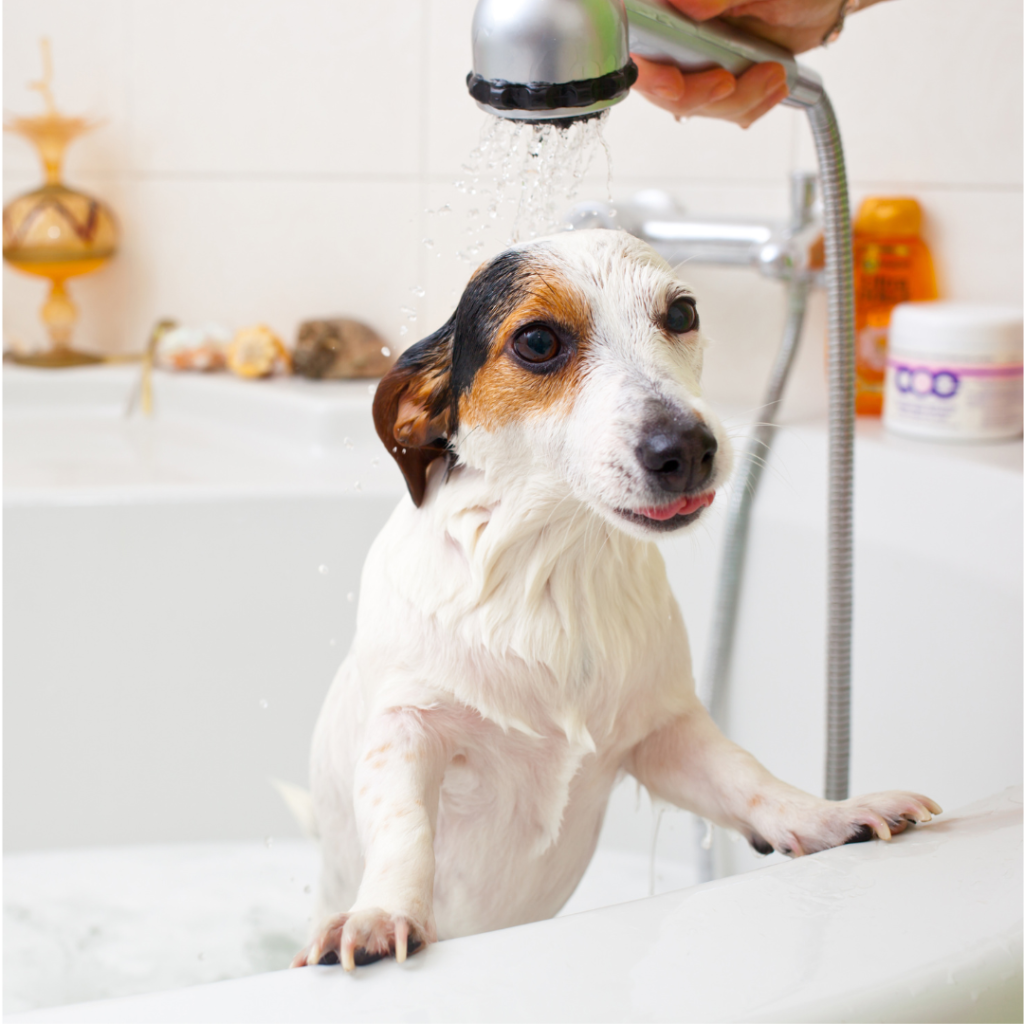
Take speedy showers.
Take a 5-minute shower and save hundreds of gallons of water each week. A short 5-minute shower uses 10-20 gallons of water. A long 20-minute shower uses 40-80 gallons of water!
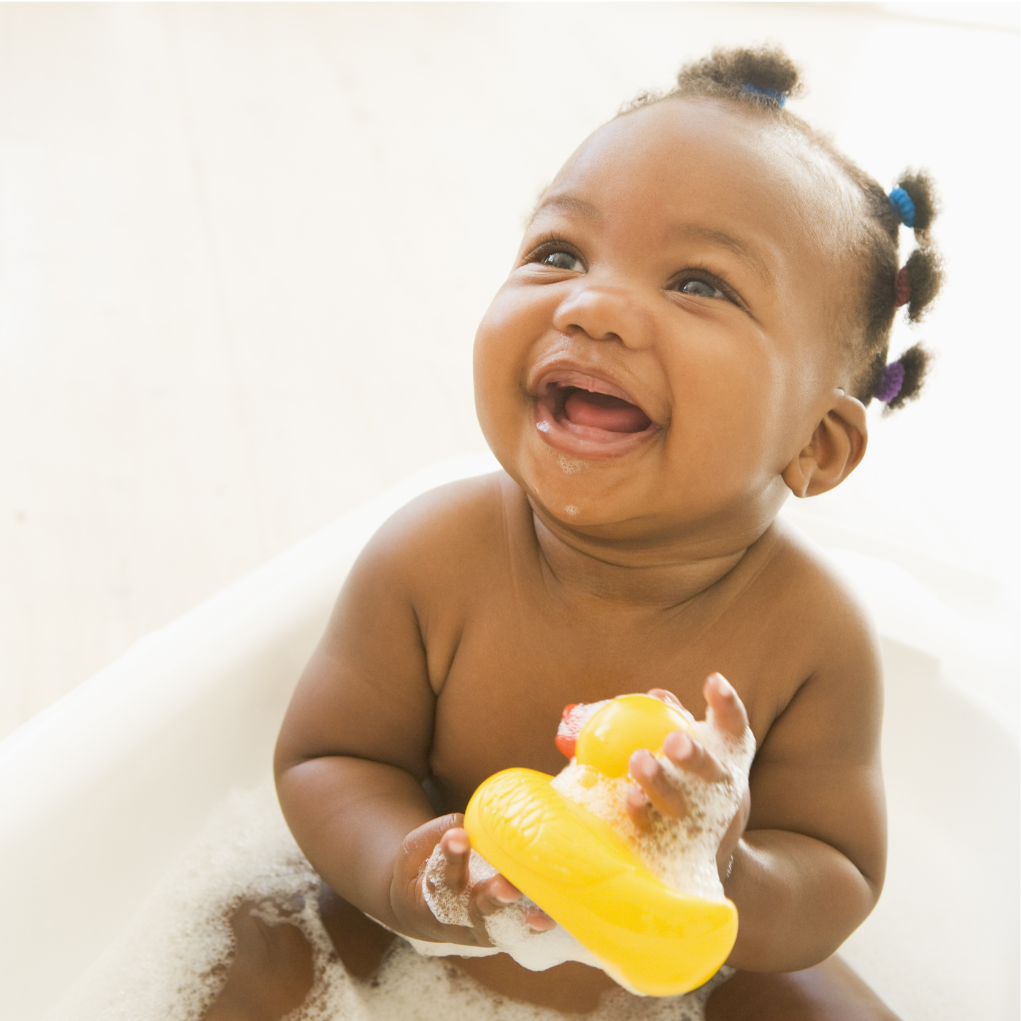
Take shallow baths.
Fill up the bathtub with just enough water to get clean, not to the top! Baths can use lots of water – about 30 to 70 gallons!

Toss tissues in trash cans.
If flushed down the toilet, tissues and trash can clog pipes and pollute our water. Toss your tissues and trash where they belong and keep our water clean!
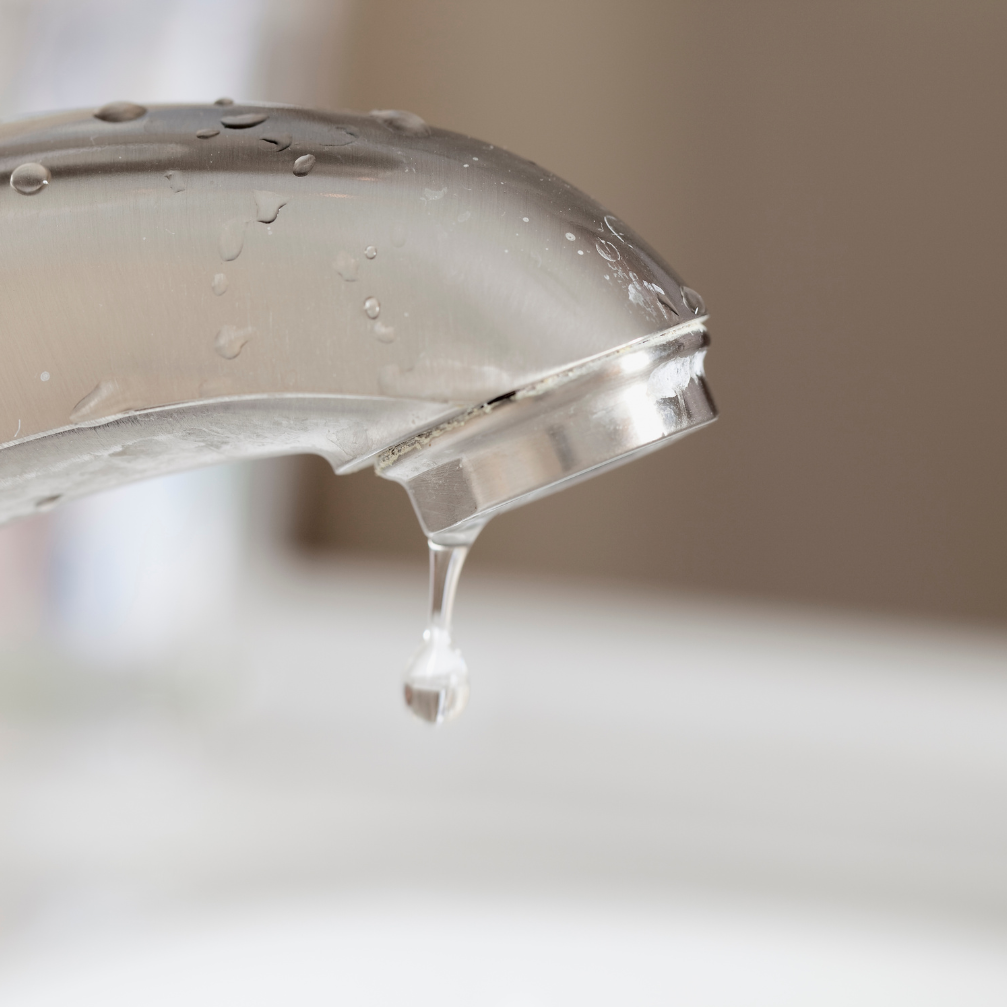
Help fix leaky faucets.
A leaky faucet that drips at a rate of one drip per second can waste more than 3,000 gallons per year! Help your family learn more and fix those drips!
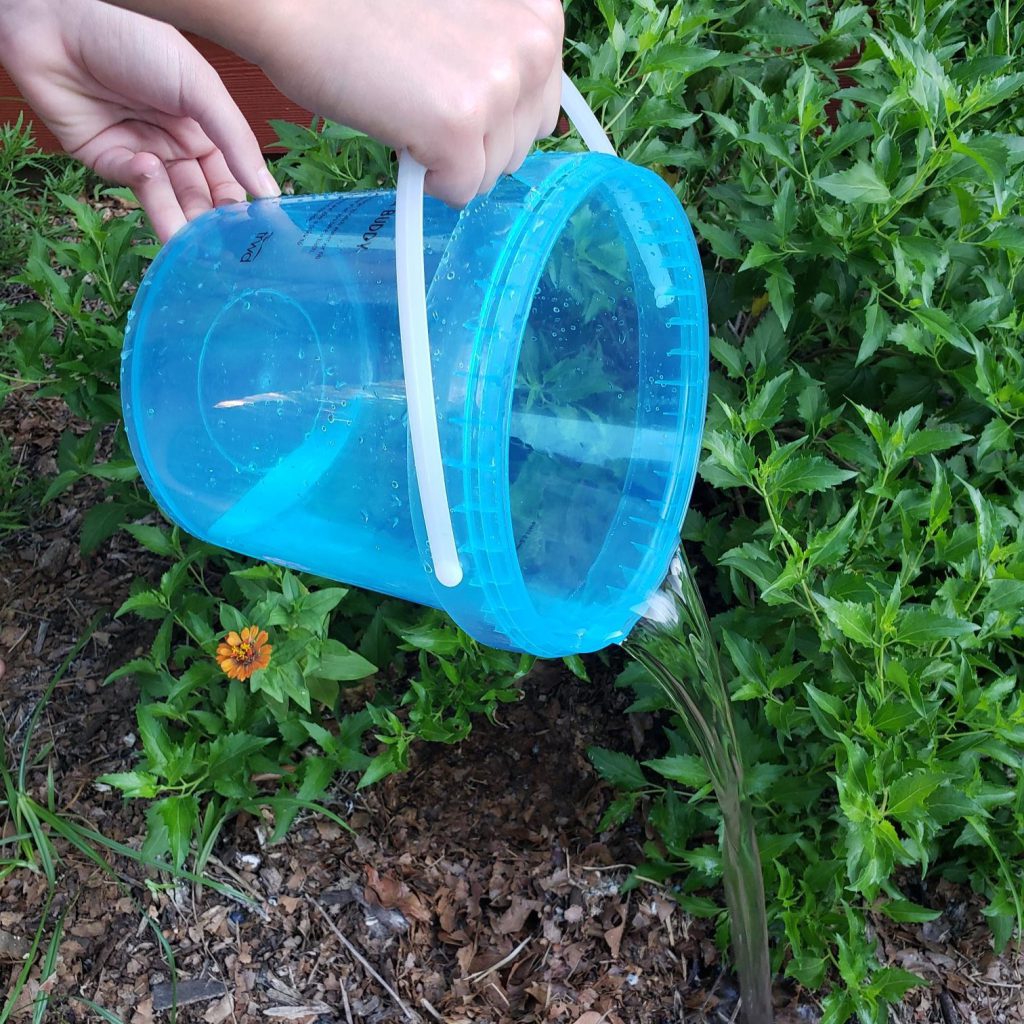
Give bath water to plants.
Use a bucket to scoop out the bath water after your bath and use it to water plants. Place a bucket in your shower to collect water while you shower and use it to water plants too.
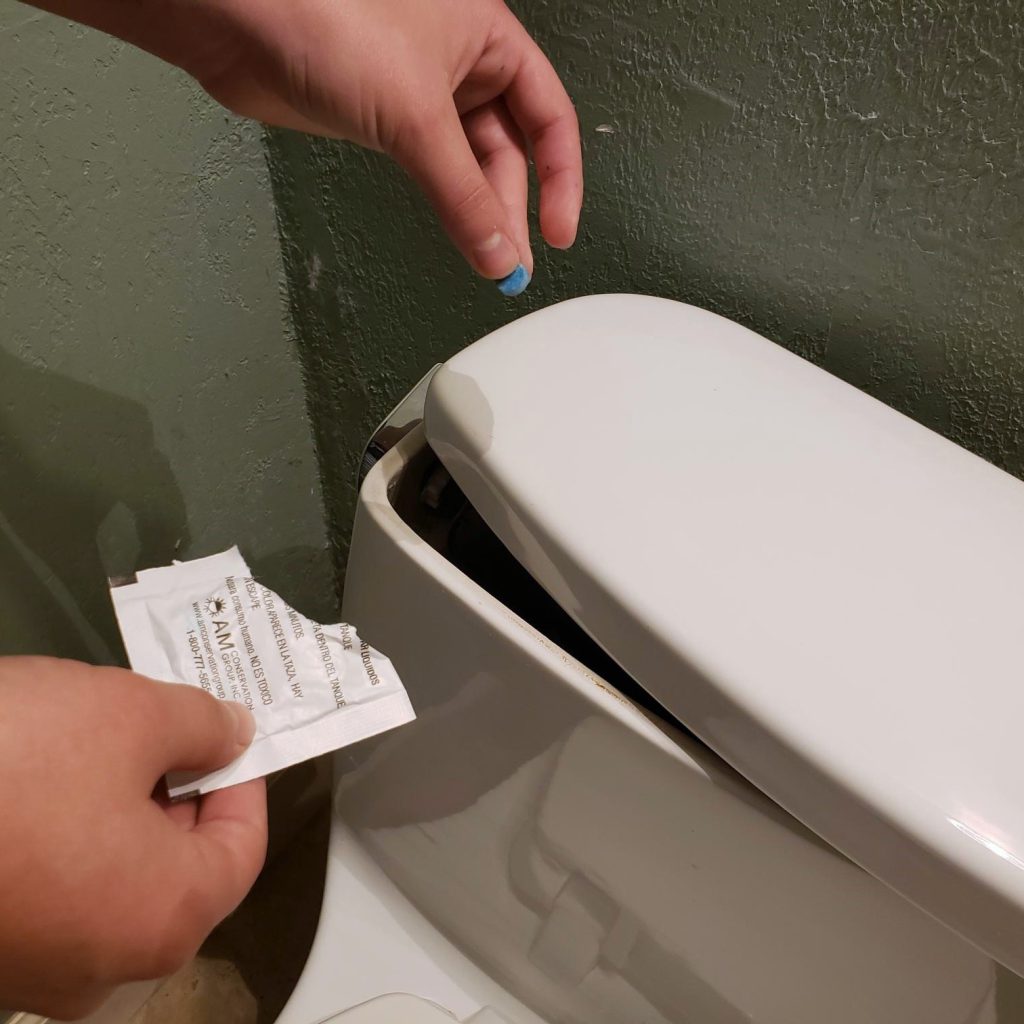
Be a leak detective.
Leaky toilets can waste up to 200 gallons of water a day! Test for leaks by placing a drop of food coloring in the toilet tank (tank lids are heavy, so ask for help if needed) and wait 2 minutes. If the color shows up in the toilet bowl without flushing, you have a leak. Help your family learn more and fix toilet leaks.
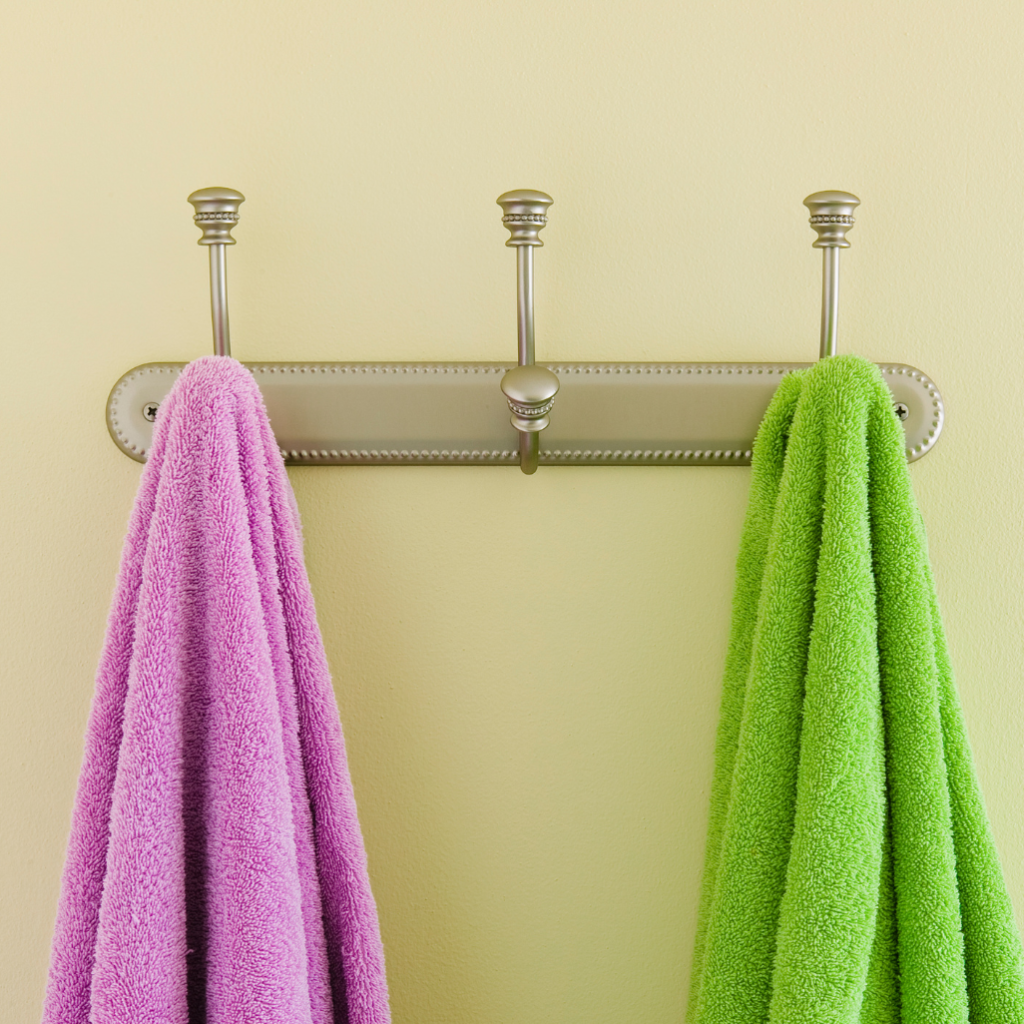
Reuse your bath towels.
Hang your bath towels up to dry and reuse them. This will cut down on laundry loads. Each load of laundry uses between 13 and 23 gallons of water on average.
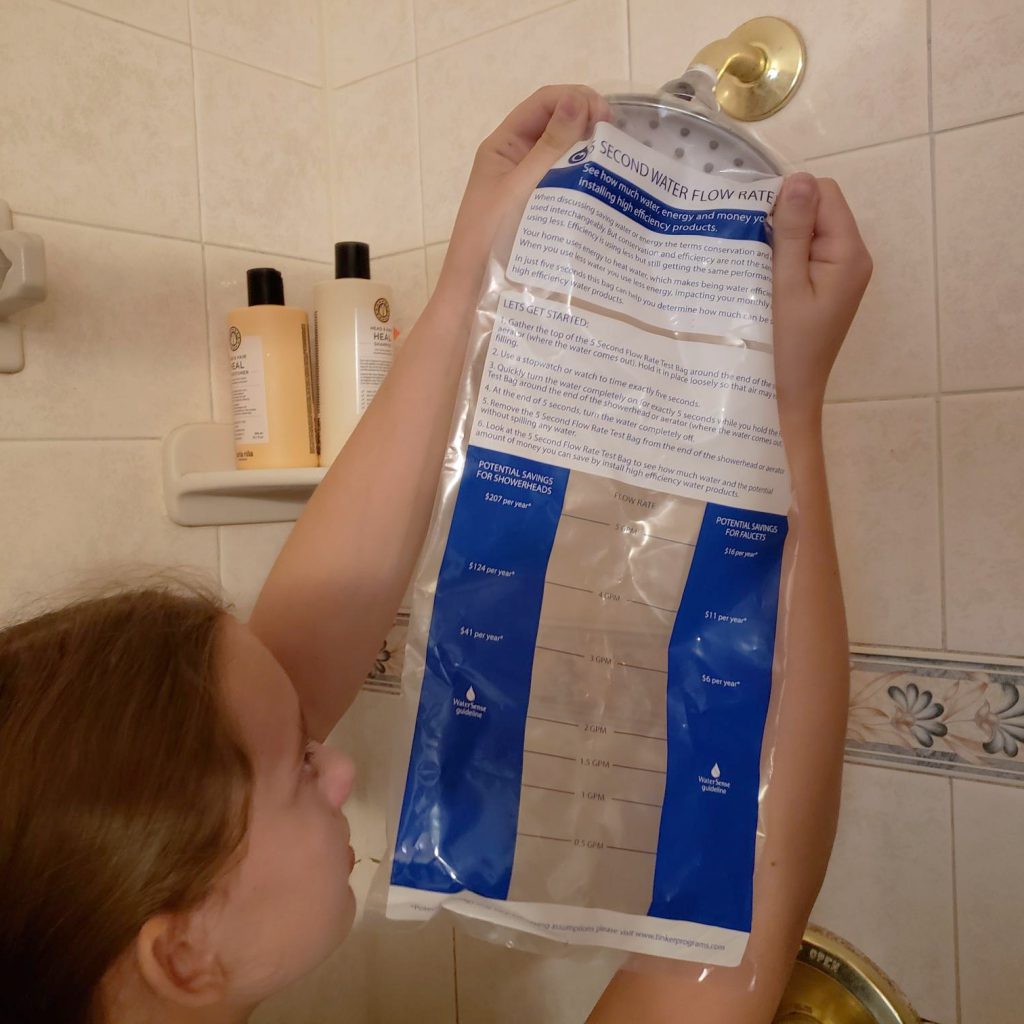
Measure water flow.
Using a plastic bag, catch how much water comes out of your faucets and showerheads in 1 minute and pour it into a measuring cup to measure the amount. If a faucet flow is more than 2 gallons per minute, replace the aerator to reduce the flow. If a showerhead flow is more than 2.5 gallons per minute, replace it with one that uses less water. Help your family learn more about replacing high-water fixtures and save water each time they wash their hands or shower.
Kitchen

Help fill the dishwasher.
Use the dishwasher instead of handwashing dishes and make sure it is full before you turn it on. Dishwashers use 4-6 gallons of water per load. Handwashing generally uses about 20 gallons of water! Be sure to scrape food off plates instead of rinsing and this will save water too.

Use one water cup a day.
Instead of grabbing a new cup every time you feel thirsty, use just one water cup or refillable bottle each day. This will save water by reducing the amount of cups to wash.
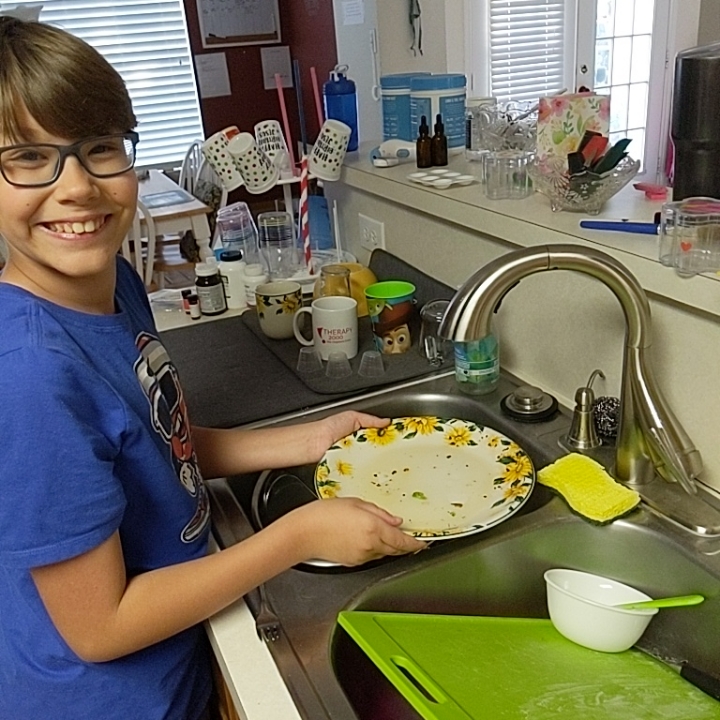
Handwash the smart way.
When handwashing dishes, scrape off food instead of rinsing it off. Turn the faucet on and off when you need water, instead of letting the faucet run, or fill one side of the sink with rinse water and swish the soap off.
Laundry Room

Don't put clean clothes in the hamper.
If you throw clean clothes in the hamper to wash, you will waste water by washing clothes that are already clean (and upset the person who does the laundry!)

Help fill the washing machine.
Make sure the clothes washer is full before you wash a load. Washing one full load of laundry uses less water than washing many small loads of laundry.
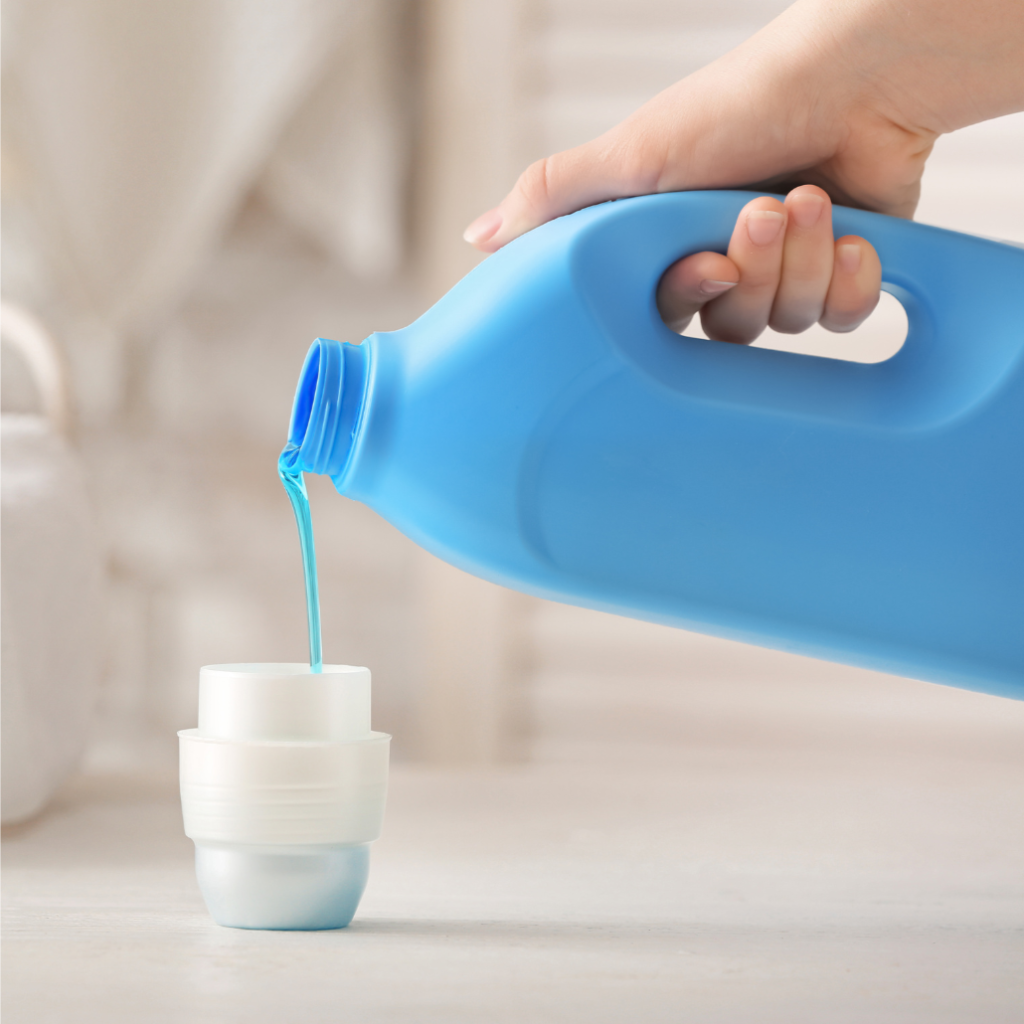
Check for water-safe laundry soap and softener.
Many laundry detergents, fabric softeners, and other products have chemicals that can pollute our waterways and harm fish and other aquatic animals. Check to see if your laundry products are safe for waterways.
Outside
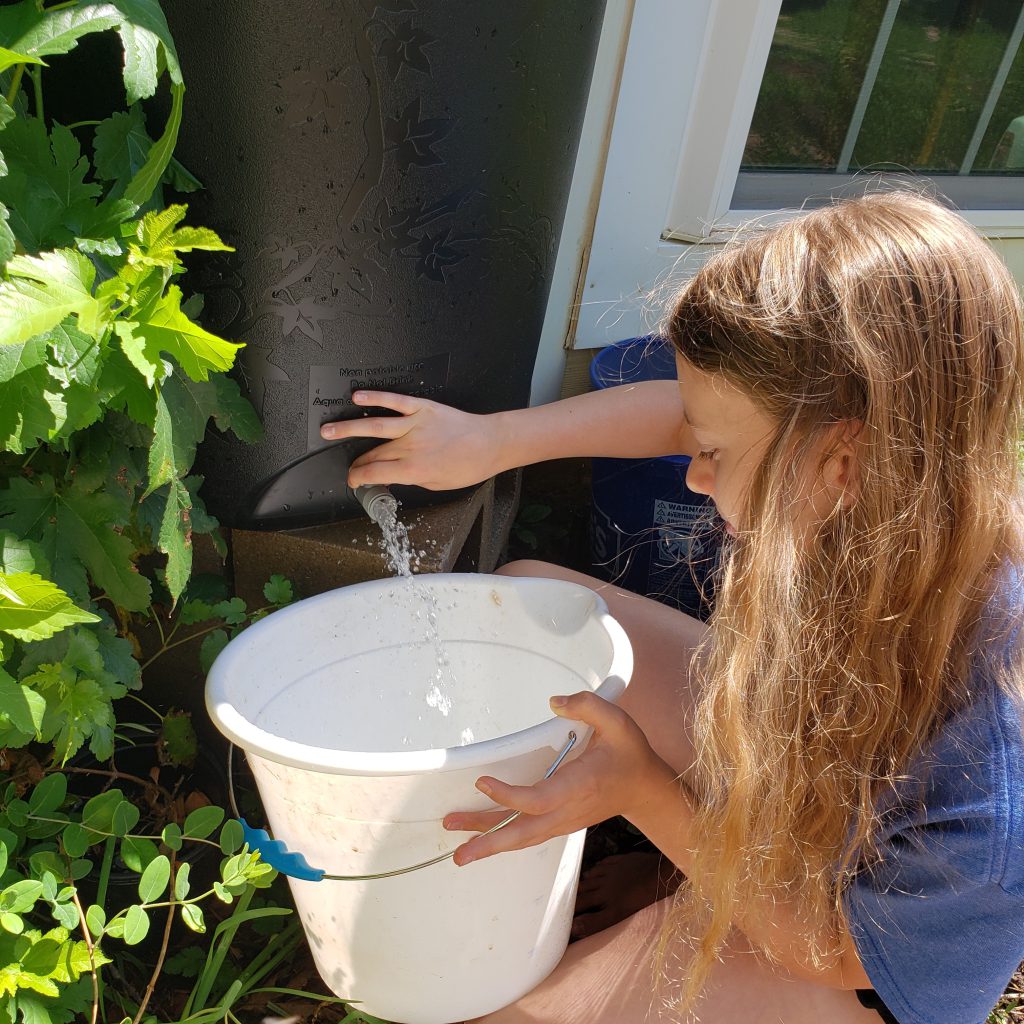
Catch rainwater.
Collect rainwater with a bucket or rain barrel and use it to water your plants when they are thirsty. You can catch over 1,000 gallons of water on an average roof every time it rains one inch!
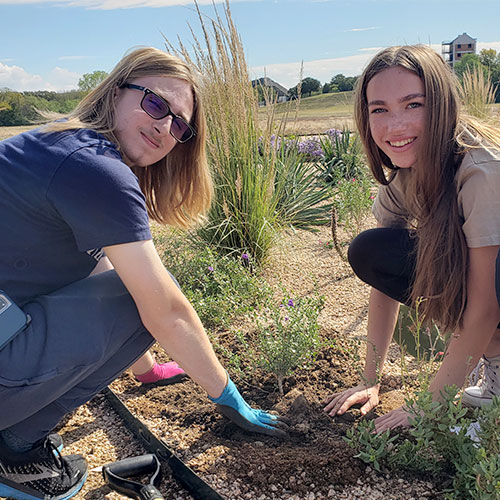
Plant native plants.
Replace your thirsty lawn with native Texas flowers and shrubs that need less water and can thrive in our soils and climate. Native Texas plants also provide food and shelter for Texas birds, butterflies, and bees.

Pick up litter.
Rain carries trash on the ground into our creeks, rivers, and lakes, polluting the water. Keep our water clean by picking up this litter. Use gloves or a grabber and wash your hands afterwards. Ask a grown-up for help if you find sharp objects.
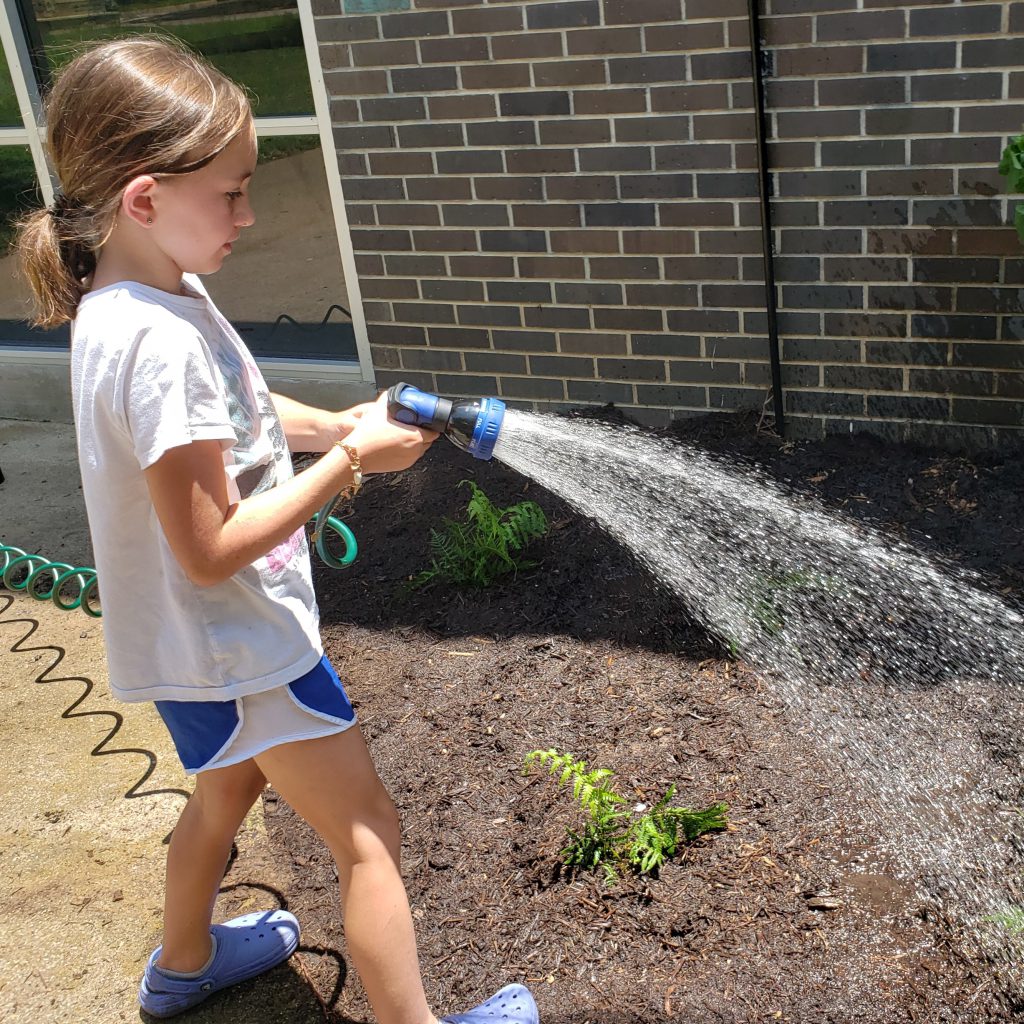
Use a shut-off nozzle.
Make sure you have a shut-off nozzle at the end of your hose so you only use water when you need it! A running hose can waste 6 gallons per minute!
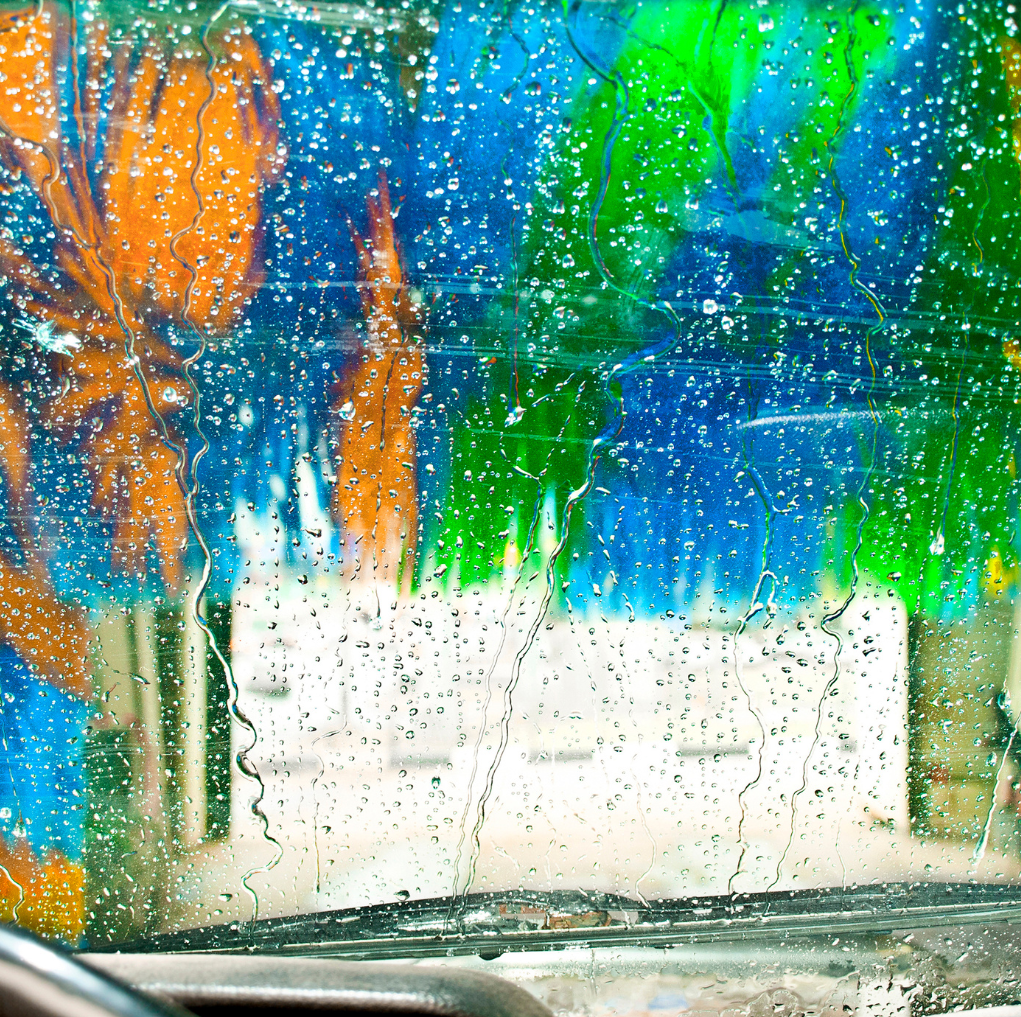
Take a trip to the carwash.
Most commercial car washes use about 46 gallons to wash a car – 60% less than it takes to wash your car at home! Plus, car washes often recycle their water.

Wash the car over the lawn.
If your family prefers to wash the car at home, park it on the lawn so the grass can catch the soap and grime that wash off. Your grass and trees will appreciate the extra water too. Be sure to use a shut-off nozzle on the hose and a phosphate-free soap to protect our waterways.

Measure the rainfall.
Place a rain gauge outside to measure rainfall. After it rains, let your family know how much rain fell so they will know how much to water the grass or flowerpots. During the hot parts of the summer, grass only needs one inch of water to be healthy.

Use a broom, not the hose.
Clean the driveway and sidewalks with a broom, not the hose. Hoses can use 6 gallons a minute. Sweeping is good exercise too!
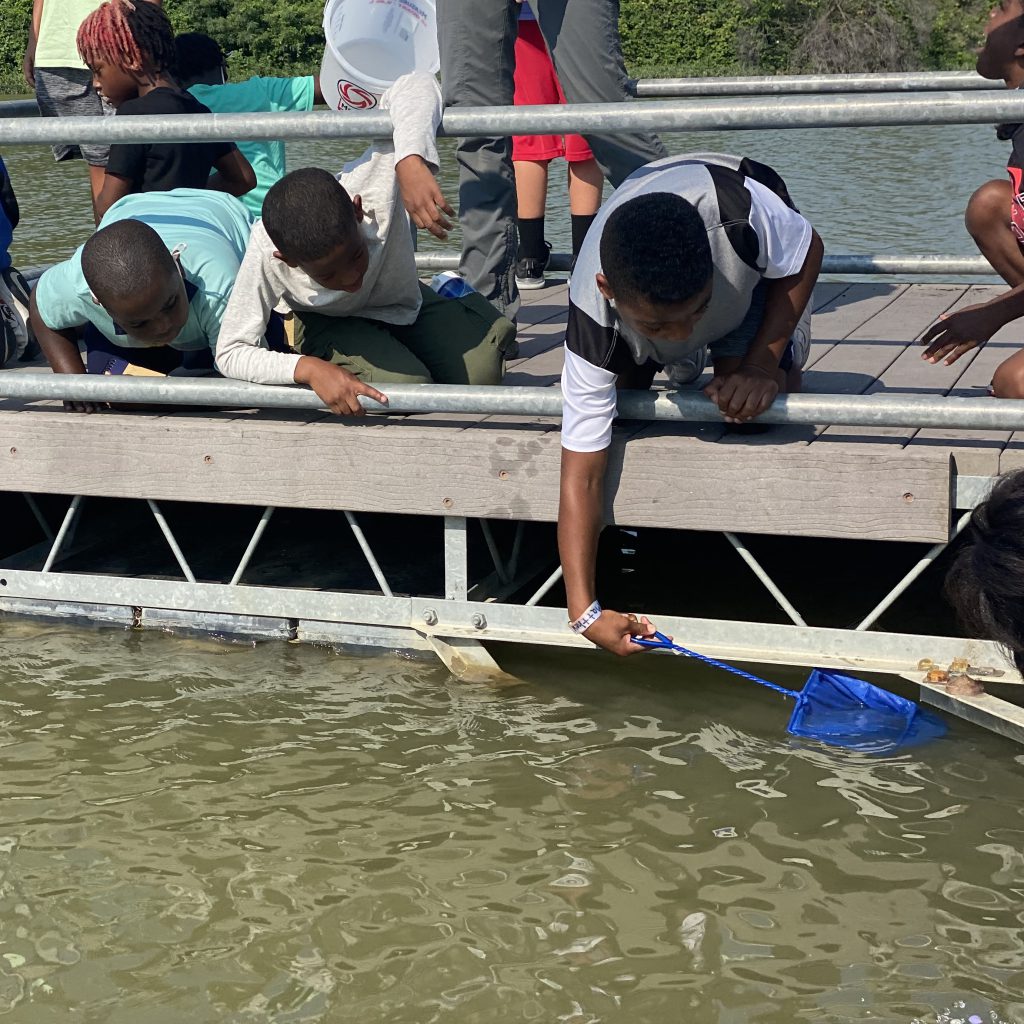
Explore a local waterway.
Take a trip with your family and friends to explore a nearby pond, creek, river, or lake. Pick up litter to keep the water clean and protect animals who live nearby. Talk to a grownup if you see a problem.
Congratulations to the winners of the
2024 Conservation Captains Video Contest!
These winning videos were selected from over 200 entries submitted by students participating in the Conservation Captains program.
Thank you for being water champions who inspire our community to save water!
First Place Winner
Saint Andrew School, Fort Worth
Second Place Winners
Saint Andrew School, Fort Worth
Saint Andrew School, Fort Worth

